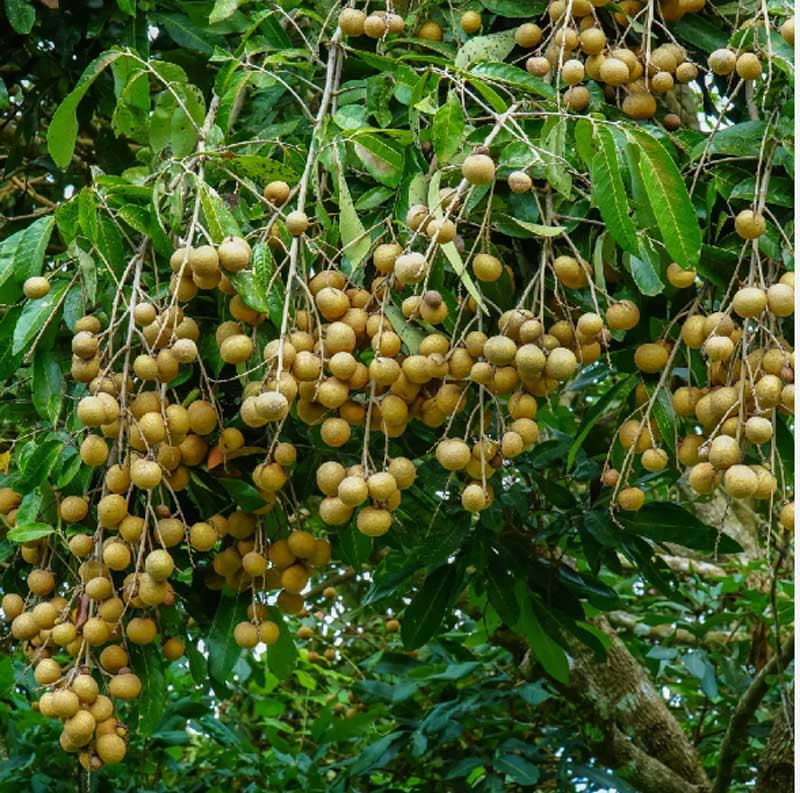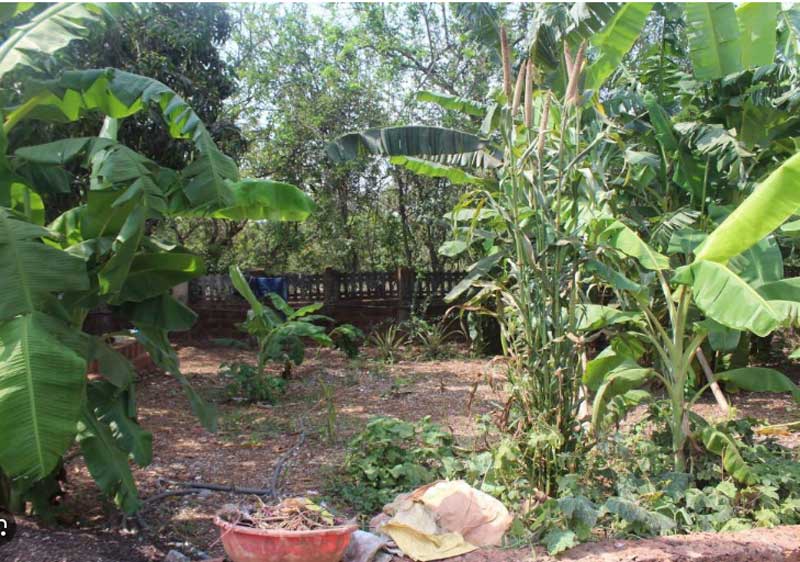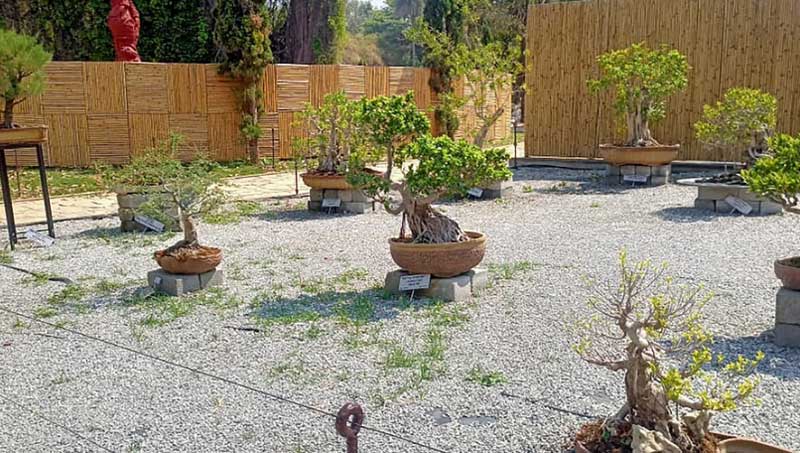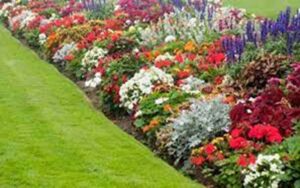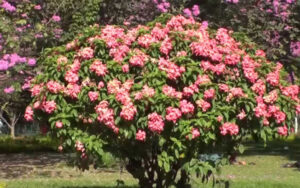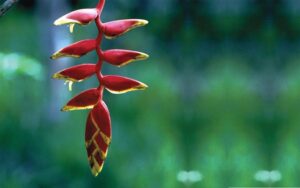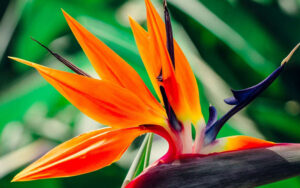Hibiscus flowers: vibrant blooms for every garden
New Delhi: Hibiscus is a flowering plant that belongs to the mallow family, Malvaceae. It is generally of large size, comprising hundreds of species that are native to warm temperate, sub-tropical, and tropical regions throughout the world. Member species are renowned for their large, showy flowers, and those species are commonly known simply as ‘hibiscus’.
Hibiscus flowers have five or more petals, displaying colors ranging from white, pink, red, blue, orange, peach, yellow, to purple, with sizes between 4 and 18 cm wide. In some species, like H. mutabilis and H. tiliaceus, the flower color changes with age. The fruit is a dry, five-lobed capsule containing several seeds in each lobe, which are released when the capsule splits open at maturity. Hibiscus flowers are complete flowers, meaning they have all the necessary reproductive parts. Their vibrant colors and distinctive shapes make them popular in gardens and landscapes.
Hibiscus, scientifically known as Hibiscus sabdariffa, is a flowering plant found in countries like India and Malaysia. Besides its beauty, hibiscus has many uses in cooking and medicine. All parts of the plant—flowers, leaves, seeds, and stems—are rich in health benefits. Hibiscus can be used in tea, extracts, and supplements.What makes hibiscus special? Its rich nutritional content. Depending on which part of the plant is used, the nutrients can vary. For example, hibiscus flowers are high in vitamin C, which is essential for our immune system, collagen production, and protection against free radicals. Hibiscus also contains anthocyanins and polyphenols, which contribute to its anti-inflammatory and antioxidant properties. Drinking hibiscus tea has been linked to various health benefits, including lowering blood pressure, aiding digestion, and supporting liver health. However, more research is needed to fully understand these benefits and how they work in humans.
Cultural symbolism
The red hibiscus flower is associated with the Hindu goddess Kali and is often seen in art depicting her, sometimes merging with the goddess in form. In Hindu worship, hibiscus flowers are offered to both Kali and the god Ganesha.
In the Philippines, hibiscus, locally called gumamela, is used by children to make bubbles. They crush the flowers and leaves to release sticky juice, dip hollow papaya stalks into it, and use them as straws to blow bubbles. When combined with soap, hibiscus juice creates even more bubbles. In the Waray language, it is called “Tarukanga,” especially in the Eastern Samar province.
In Pacific island cultures, women traditionally wear hibiscus flowers. If a woman wears the flower behind her left ear, it means she is married or in a relationship. If it is worn on the right side, she is single or available for a relationship. The pink hibiscus flower has its roots in Asia and the Pacific Islands and symbolizes beauty, femininity, and young love. It is often associated with Hawaiian culture and the Aloha spirit, which celebrates love, happiness, and peace.
National symbol
The hibiscus is a national symbol of Haiti and the national flower of several countries, including the Solomon Islands and Niue. In South Korea, Hibiscus syriacus is the national flower, while Hibiscus rosa-sinensis is the national flower of Malaysia. Additionally, Hibiscus brackenridgei is the state flower of Hawaii. These flowers are important cultural symbols in these regions, representing beauty and national pride. The hibiscus is often celebrated in local traditions and events, highlighting its significance in the identity of these countries and states.
Medicinal Values
For centuries, hibiscus has been important in traditional medicine, especially for treating various health issues. Some of the key benefits include:Research shows that drinking hibiscus tea can significantly lower both systolic and diastolic blood pressure, making it a potential natural remedy for hypertension. Hibiscus has protective effects on the liver. It can help reduce inflammation and oxidative damage, which may prevent liver disorders and improve metabolic function.Hibiscus may improve insulin sensitivity and help regulate blood sugar levels, making it useful for managing diabetes. Hibiscus is rich in antioxidants like flavonoids and polyphenols, which can neutralize harmful free radicals, provide anti-aging benefits, and support overall health.
Also Read: Horticulture Minister reviews schemes for farmers’ benefits
Hibiscus has anti-inflammatory properties that can reduce the risk of diseases related to inflammation. Hibiscus extracts can effectively fight certain infections due to their antibacterial and antifungal properties.Now that we know the medicinal benefits of hibiscus, you might wonder how to include it in your daily routine. Here are some suggestions:One of the most popular ways to enjoy hibiscus is by making tea. To prepare, steep dried hibiscus flowers in boiling water for about 5-7 minutes, strain, and enjoy your fragrant tea. If you don’t prefer tea, you can use hibiscus extracts, powders, or capsules. Always follow the dosage instructions on the label.
You can also use hibiscus creatively in different dishes, such as jams, sauces, or soups. Keep in mind that optimal dosages for various health conditions are not yet well established. Hibiscus may also interact with certain medications, particularly those for diabetes and high blood pressure. Therefore, it’s always wise to consult with a doctor before adding hibiscus to your health routine.
Side Effects
Hibiscus can cause blood pressure to drop in some individuals, especially those with low blood pressure or who are taking blood pressure medications. This may lead to dizziness, weakness, or drowsiness. Eating large amounts of hibiscus leaves can cause digestive problems, such as gas, upset stomach, and constipation. Some people may be sensitive to hibiscus or other plants in the Malvaceae family, which can lead to allergic reactions like skin rashes or breathing difficulties. There have been reports of headaches and ringing in the ears after consuming hibiscus.
Precautions
Hibiscus is a remarkable plant with many benefits, including its antioxidant properties, ability to regulate blood pressure, and support for digestive health. However, it is essential to be aware of potential side effects, such as digestive discomfort and interactions with certain medications, particularly for individuals with specific health conditions. Consulting a healthcare professional before incorporating hibiscus into your routine is advisable to ensure safe usage. By understanding both its benefits and precautions, you can enjoy the vibrant and health-promoting qualities of hibiscus as part of a balanced lifestyle.
By Wasimul Haque

